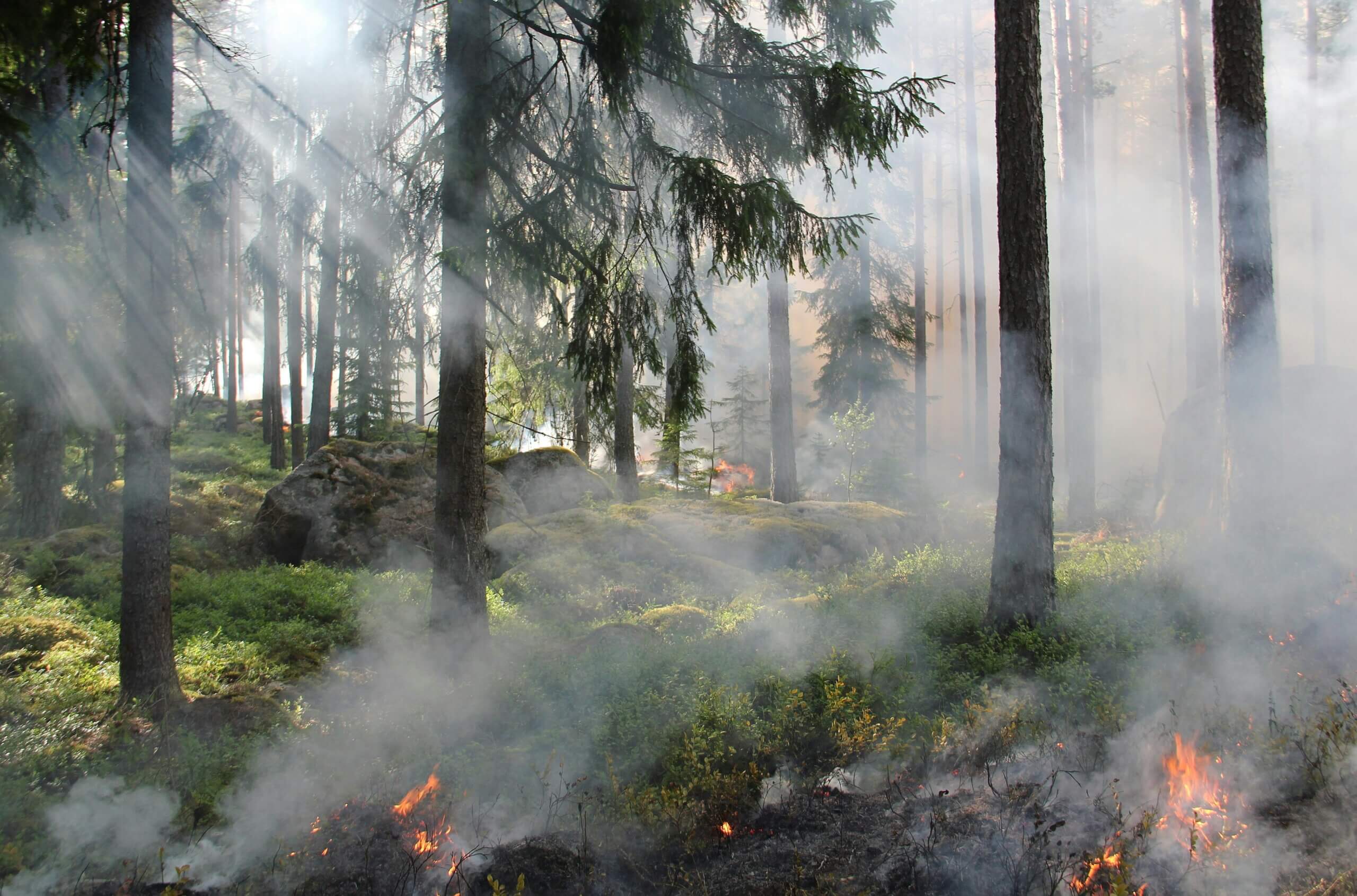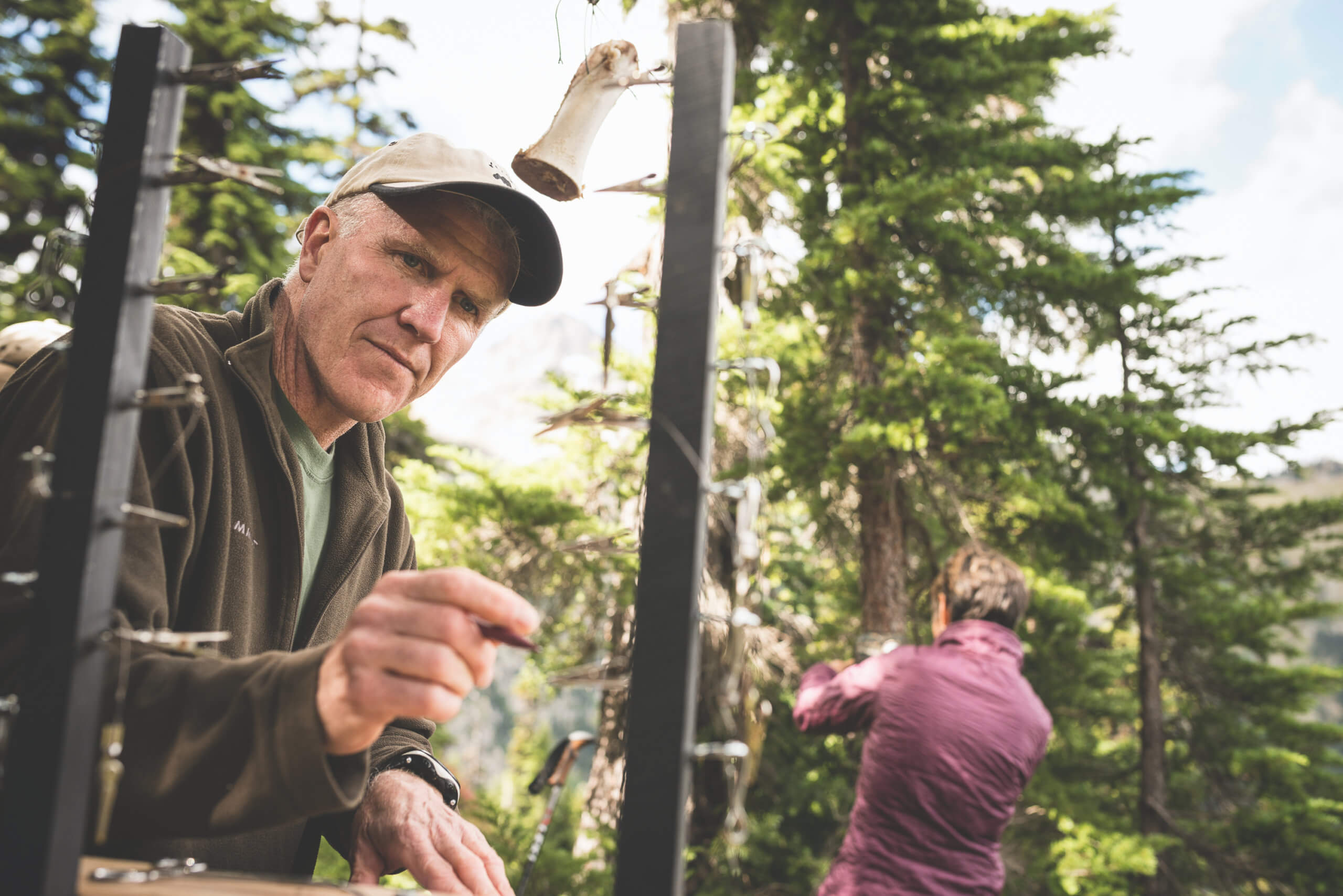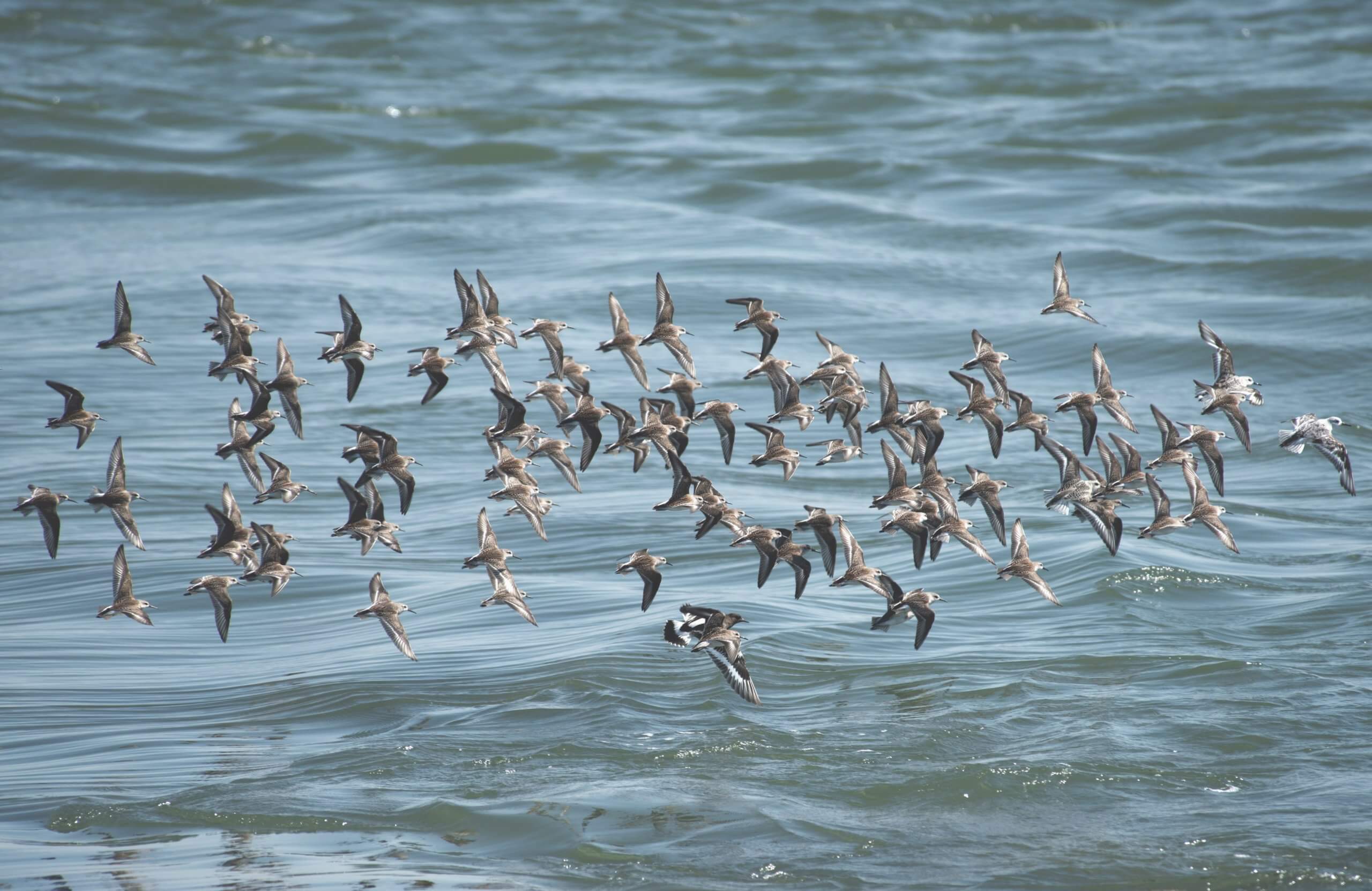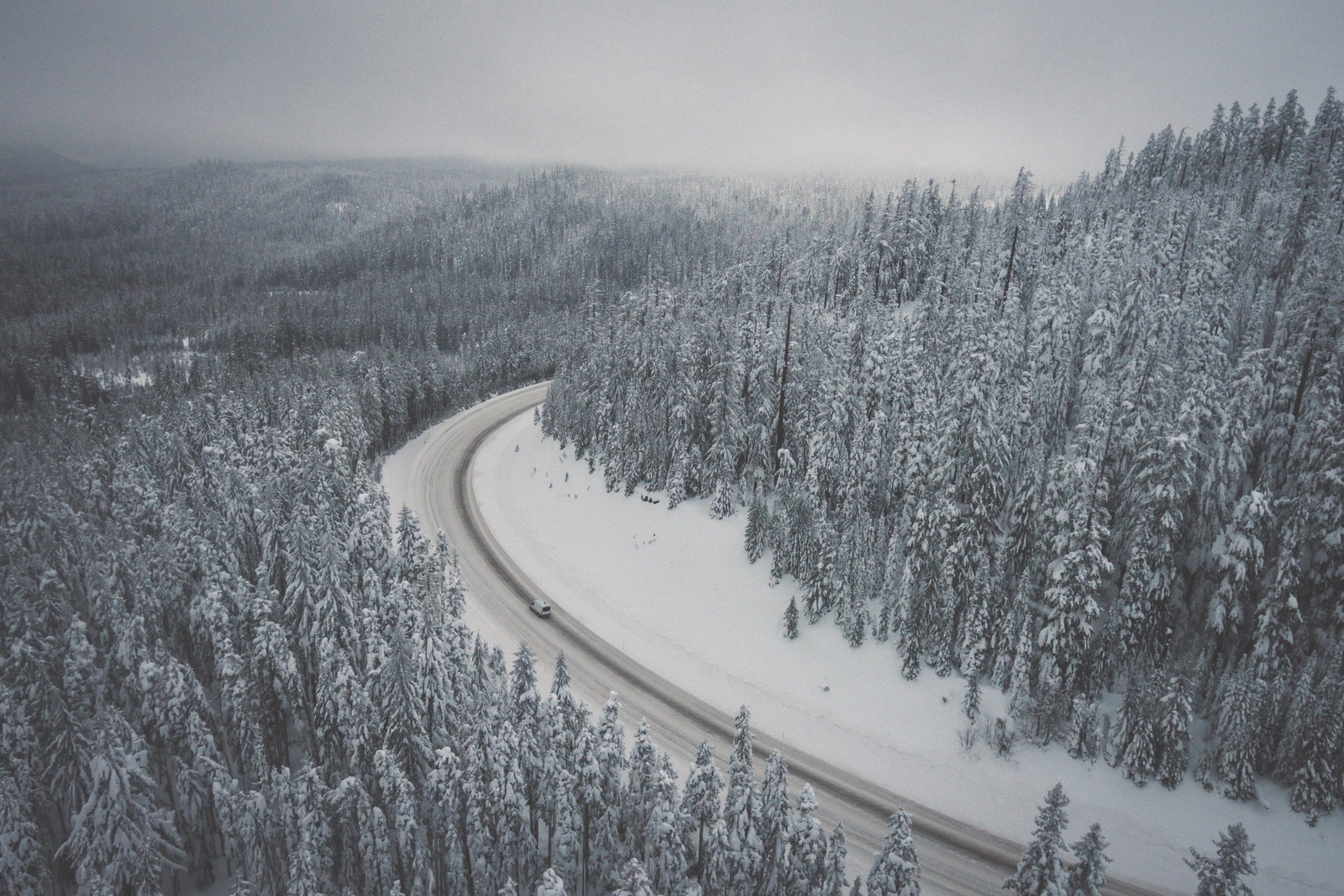As climate change intensifies weather patterns, disrupts ecosystems, and endangers human health and infrastructure, the need for effective communication that supports informed action to prevent and respond to risk has never been greater. In response to this growing need, COMPASS and the Federation of American Scientists, in collaboration with Matt Wright of the American Association for the Advancement of Science, recently partnered to provide media communication training for wildfire experts to enhance public understanding and decision-making around wildfire prevention and preparedness.
The program was timed to coincide with the beginning of the northern hemisphere summer, when wildfire activity in North America typically gathers steam and there is heightened urgency and demand for reliable, accessible information. Participants focused on refining messaging, developing outreach strategies, and creating one-pagers to communicate more effectively with the media.
While the project focused on challenges and opportunities specific to wildfire communication, it also underscored some key principles of risk communication that are broadly applicable to a range of complex, evolving risks.
Considering Risk Perception
Risk communication is most effective when it takes into account how people perceive the risk — or how scary a risk feels to them. One factor influencing risk perception is how familiar a risk feels. The opportunity to work with wildfire specialists in such a close setting is always a unique opportunity and challenge, as fire presents risk that is both incredibly familiar and abstract (a house burning down is a little bit more tangible than water quality impacts due to fire from a river basin sixty miles away) — demonstrating the dynamics of risk perception.
In many parts of the world, fire has become a recognizable risk — whether you’re a New Yorker who remembers the orange skies and low air quality index days of June 2023 or a lifelong Oregonian who has prepared a go-bag every dry season for the last two decades. This familiarity can be both an asset and a challenge in risk communication.
On one hand, with that familiarity comes a baseline understanding of the risk wildfire poses to health, income, property, and more. That shared understanding can make it easier to focus on tangible actions local communities can take to protect what’s most valuable to them. On the other hand, the type of experience someone has had with a threat can make a significant difference in how they perceive it: repeated exposure without direct consequences can lead people to underestimate familiar risks, while those who have experienced loss may perceive greater danger in future threats. It’s important to meet your audience where they are — especially when communicating how risks are evolving (e.g., fire in previously unaffected areas, increasing fire intensity, etc.).
Promoting Understanding and Agency
Changes in wildfire patterns — driven by factors like drought, rising temperatures, and altered landscapes — have broad implications for where, how, and why humans live where they do. Thus, ecological modeling is a critical area of fire research, especially as it relates to shifts in the recurring pattern of fires in specific ecosystems. The challenge is translating these models into actionable, understandable messages.
Modeling is frequently a difficult concept to communicate to nontechnical audiences. Scientists often deep dive into technical detail because they are trained to explain how they know what they know. This is essential for peer-to-peer communication. But in public communication, technical deep dives can cause confusion or, worse, skepticism.
With that in mind, focusing on the implications of said models is frequently a stronger strategy than discussion of the model itself—models tell us things, such as the fact that our forests will look different 100, 50, 10 years from now than they do right now.
Furthermore, focusing on what those predictions mean for how we live now makes the situation even more meaningful and actionable for communities and decisionmakers. If fire in an area is becoming more frequent and more intense, the message should address what this means for the people in the area — whether it’s developing more robust evacuation routes and plans, increasing investment in home-hardening, or other strategies. Identifying clear, discrete strategies to respond to a shifting fire environment makes the information more tangible and actionable, fostering a sense of agency in communities that might otherwise feel overwhelmed.
Relying on model outputs also requires speaking about uncertainty. Models are necessarily reactive to the data available, and their predictions are thus mutable as conditions evolve. By openly discussing the sources of the uncertainty and why they exist, communicators can help decision-makers — from land managers to policymakers — better understand how forecasts and predictions may change. This in turn builds trust and allows for more flexible, adaptive planning that can better accommodate or prevent a wide range of outcomes.
Embracing a Multifaceted Approach
One of the most valuable takeaways from the wildfire media training is the importance of a multifaceted approach to risk communication. Wildfire is not a singular issue – it sits at the intersection of land management, public health, urban planning, conservation and more. Communicating the complexities of fire requires balancing different perspectives.
For example, prescribed burns are a common management strategy to mitigate wildfire risk, but these burns inevitably produce smoke which can be a public health concern in more populated areas. Public health experts want to prevent health risks caused by smoke exposure, while land managers want to prevent intense, unpredictable fires that could put human lives and essential infrastructure at risk. To address both challenges, we must be able to coordinate and collaborate across sectors.
Effective communication involves explaining trade-offs clearly and presenting them as part of a broader, robust risk-management strategy. That’s why COMPASS emphasizes the value of bringing diverse perspectives to the table.
The complexity, coupled with the increasing ubiquity of wildfire, presents a compelling example of both the challenges and opportunities in risk communication. As hazards like wildfire become more frequent and intense, we need to be prepared to communicate risks and actionable steps accurately and accessibly when and where it is needed most.
By communicating risk effectively, we can help build communities that are not only informed, but empowered. Ultimately, risk communication is about helping people understand their options — and how we can move together towards a more sustainable, more resilient future.
Want more guidance on communicating risk? We offer training opportunities and personalized coaching for individuals and teams — and we also partner with organizations to design custom trainings and engagement support around key issues, like wildfire.



